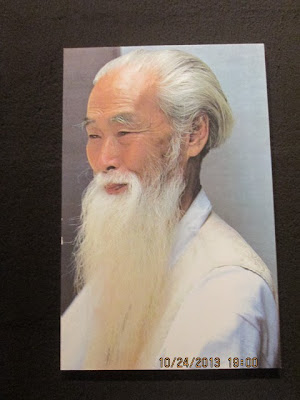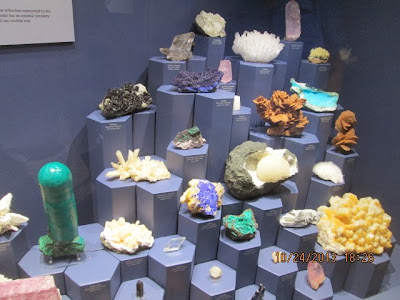Two weeks is not nearly enough time to study the history and all the cultures of the Hawaiian Islands--but two weeks is all we had.

King Kamehameha, The Great.
He conquered and united all the Hawaiian Islands into 'One Kingdom'.

I learned that the 'big Island' seldom is touched by hurricanes or major storms. It does experience earthquakes and is famous for the fire-breathing volcanoes that do occasionally belch out boiling lava that can flow from the top of the enormous crater to the sea.....

....destroying everything along the way. But the fear the inhabitants of Hilo feel the most is from the sea in the form of tsunamis.

Over the recorded history of the island a number of tsunamis have come ashore to wash away vast areas of the communities along the coast.
The newest museum in Hilo tells the stories of the survivors of the more recent tsunamis.

King Kamehameha, The Great.
He conquered and united all the Hawaiian Islands into 'One Kingdom'.

I learned that the 'big Island' seldom is touched by hurricanes or major storms. It does experience earthquakes and is famous for the fire-breathing volcanoes that do occasionally belch out boiling lava that can flow from the top of the enormous crater to the sea.....

....destroying everything along the way. But the fear the inhabitants of Hilo feel the most is from the sea in the form of tsunamis.

Over the recorded history of the island a number of tsunamis have come ashore to wash away vast areas of the communities along the coast.
The newest museum in Hilo tells the stories of the survivors of the more recent tsunamis.

The names on this wall hanging are of the school children that died one day in 1946. They had gleefully rushed to the shore when they saw the ocean receding. The rocks, the shells and the fish that were usually hidden under the water were left bare for the picking. What they didn't know was that the receding ocean was the forerunner of an enormous wave that killed 160 people along the coast, including those children.

These two pictures were taken from the same balcony somewhere in Indonesia and show the enormous wave that struck
on Dec. 26, 2004 in the Indian Ocean.

230,000 people died in that disaster and it is the most destructive tsunami ever recorded.
And, as a reminder of a tsunami's muscle, this meter was bent by the tsunami that hit Hilo in 1960, That wave destroyed almost all of the downtown and killed 60 people.

That area of the town that experienced the most damage from the 1960 wave has been turned into a park...

...for the enjoyment of just about everyone.

That area of the town that experienced the most damage from the 1960 wave has been turned into a park...

...for the enjoyment of just about everyone.
A few blocks away from the Tsunami Museum is the Lyman Museum, named for one of the early missionary families that settled there.
Fellow Blogster, Marianna, joined us for the afternoon.

I always have to get a picture of a kitchen.

I don't know who he was but I thought he had the kindest of faces.

The many cultures that are present on these islands have each left an indelible fingerprint. You may travel to another country to experience what is unique to that country, but in Hawaii you find represented, every culture from the Pacific Rim.

The historical Lyman house is also open for visitors but we ran out of time--again.











Toni .......I enjoyed your tour of Hilo and the evidence left by the famous "waves". I do remember reading in the Honolulu Advertiser the results of the 1960 disaster, as I was 12 living in Aina Haina on Oahu. Truly terrible what water and wave can do to us.
ReplyDeleteI enjoy reliving that day via your blog. I really really miss you and Aunt Louise.
ReplyDelete